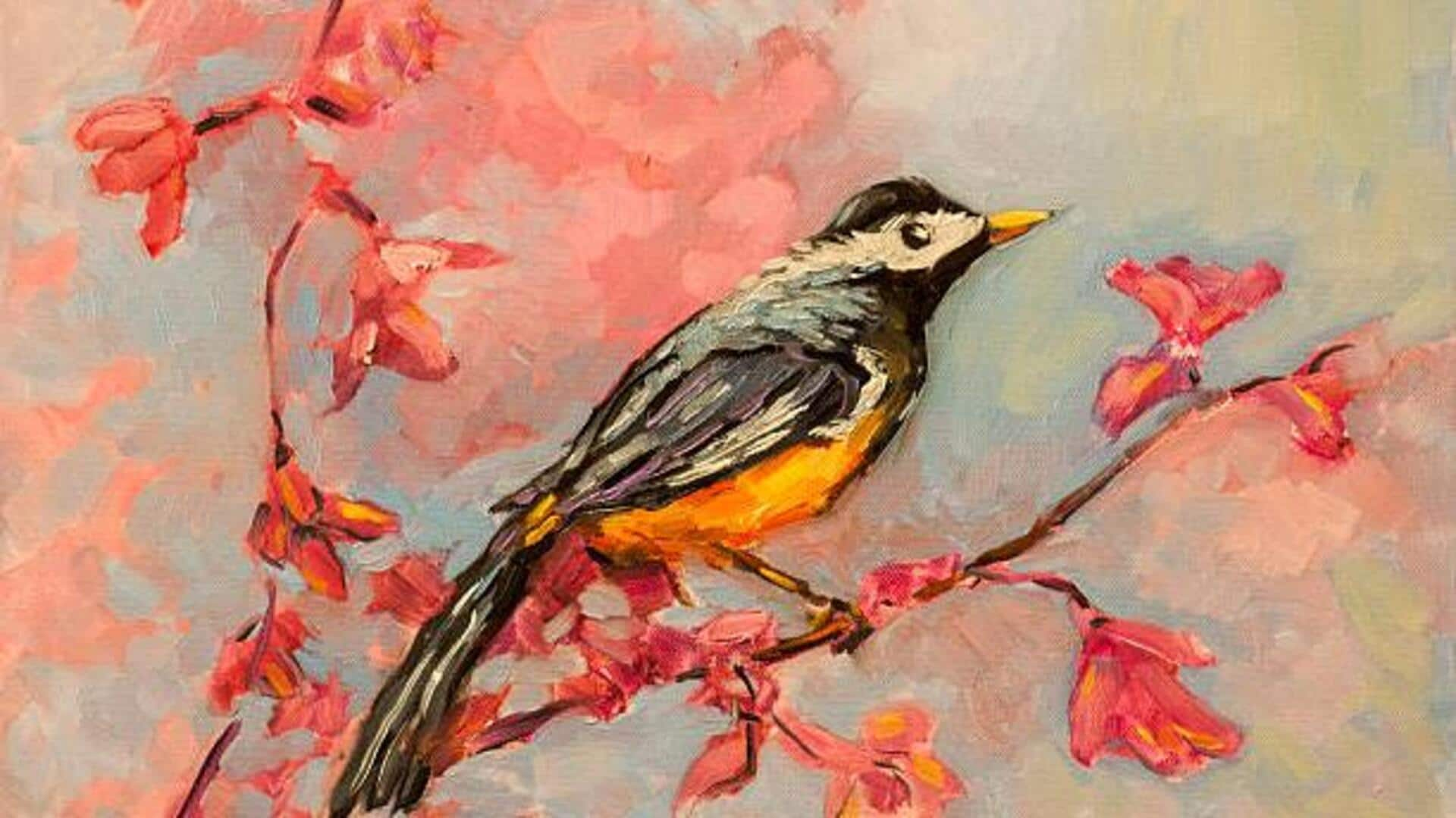
All about batik wood art
What's the story
Batik art on wood is an African tradition that marries the beauty of intricate patterns with the natural elegance of wood. This technique involves applying wax to create designs before dyeing the wood. The result is a stunning visual effect that showcases the rich cultural heritage of Africa. Practiced across different regions, each area brings its own unique style and symbolism to this art form.
Historical roots
The history of batik art
Batik art has a long history in Africa, dating back centuries. Traditionally, it was used to tell stories and convey messages through symbols and patterns. Each design often had cultural significance or represented aspects of daily life or spiritual beliefs. Over time, batik techniques spread across various regions, adapting to local customs while retaining its core essence.
Artistic methods
Techniques involved in batik art
The process of batik art on wood involves several steps. First, artists sketch their desired pattern onto the surface. Then, they apply wax carefully over the lines with a brush or tool. Once dried, they immerse the wood in dye baths to achieve vibrant colors without affecting the waxed areas. Finally, removing the wax reveals intricate designs contrasting against colored backgrounds.
Symbolic meanings
Cultural significance of patterns
Patterns used in batik art carry deep cultural meanings specific to different African communities. Geometric shapes may symbolize unity or strength, floral motifs could represent growth or fertility, and animal figures might denote protection or guidance from ancestral spirits. Understanding these symbols adds depth to appreciating each piece's artistry and cultural context.
Contemporary influences
Modern adaptations and innovations
While traditional batik techniques remain popular today, modern adaptations have emerged as artists experiment with new materials and methods. Some incorporate mixed media elements like beads or metal accents into their designs, while others explore abstract interpretations inspired by contemporary art movements worldwide. These innovations keep the tradition alive, while appealing to diverse audiences seeking unique artistic expressions rooted in heritage yet relevant today.